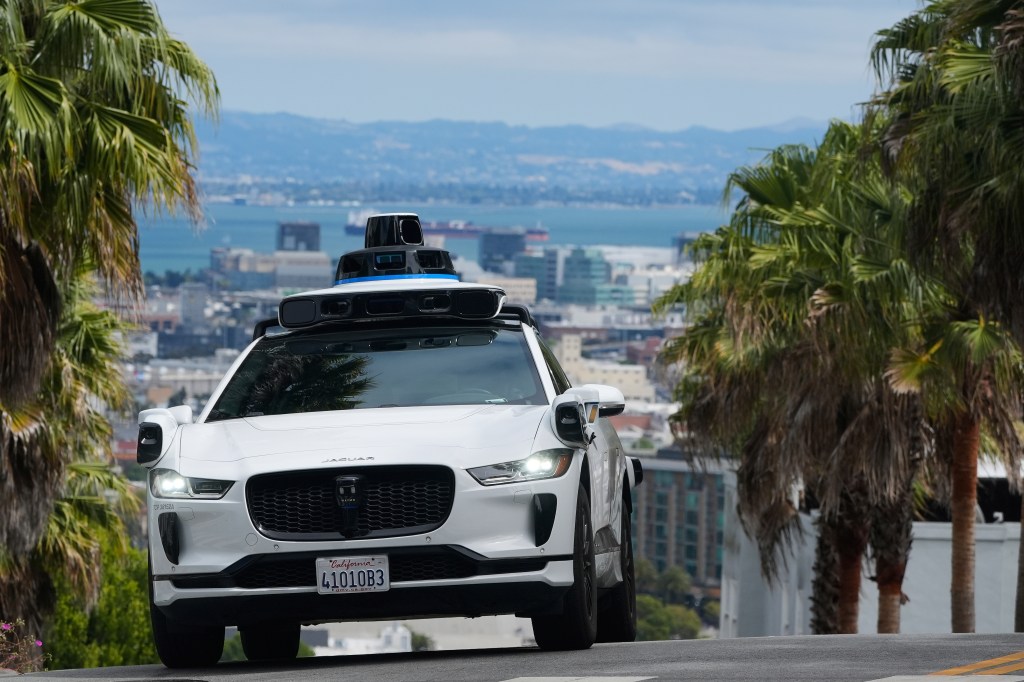Summary
Waymos self-driving vehicles have been in Denver for two months, ingesting data into their artificial-intelligence computers ahead of public activation next …
Source: denverpost.com

AI News Q&A (Free Content)
Q1: What is the significance of Waymo's self-driving vehicles being tested in Denver, and what technologies are they equipped with?
A1: Waymo's self-driving vehicles in Denver represent a significant step in autonomous vehicle deployment, using technologies such as 360-degree cameras, lidar, and external audio receivers to detect environmental cues like railroad crossings. These vehicles, including the all-electric Jaguar I-PACE and Zeekr RTs, are part of an exploratory phase to understand Denver's unique driving environment. Initially, they will operate with human supervisors, transitioning to full autonomy as safety conditions are met.
Q2: How does the lack of regulatory oversight in Colorado impact the deployment of Waymo's autonomous vehicles?
A2: Colorado currently lacks specific regulatory oversight for autonomous vehicles, allowing companies like Waymo to operate with more flexibility. This can accelerate innovation and testing but also raises concerns about safety and accountability, as there are fewer standardized guidelines to manage potential risks associated with self-driving technology.
Q3: What are the potential benefits and drawbacks of deploying robotaxis like Waymo's in urban areas?
A3: Robotaxis such as Waymo's can significantly reduce traffic congestion and pollution by using electric vehicles and optimizing space usage. They can decrease operational costs by eliminating drivers, potentially lowering ride costs. However, challenges include technical issues like connectivity loss and the need for robust cybersecurity measures to prevent misuse. Public acceptance and job displacement are additional concerns that need addressing.
Q4: What recent scholarly insights have been provided regarding the regulatory frameworks for AI technologies, specifically in autonomous vehicles?
A4: Recent studies have analyzed AI risk management strategies across regions, highlighting varied approaches. The EU uses a structured framework prioritizing transparency, while the U.S. has sector-specific regulations promoting innovation but risking fragmented enforcement. These insights suggest a need for globally informed, context-sensitive AI regulations that balance risk management with technological advancement.
Q5: What are the recent advancements in quantifying autonomy in robotic systems, and how are they relevant to autonomous vehicles?
A5: Recent advancements propose a quantitative autonomy assessment framework for robotic systems, focusing on task requirements. This framework establishes autonomy metrics like requisite capability, reliability, and responsiveness, which are crucial for ensuring that autonomous vehicles can perform effectively across various tasks and environments, thus providing a common language for developers and users.
Q6: How might Waymo's entry into Denver impact the local economy and traffic safety?
A6: Waymo's entry into Denver could boost the local economy by positioning the city as a hub for innovative transportation solutions, potentially attracting tech investments. In terms of traffic safety, Waymo's vehicles have been shown to reduce intersection crashes by 96%, offering a promising tool to curb traffic-related injuries and fatalities.
Q7: What challenges have Waymo's robotaxis faced in other cities that might affect their operation in Denver?
A7: In other cities, Waymo's robotaxis have faced challenges such as stalling, speeding, and erratic behavior, often due to connectivity issues. These challenges highlight the need for robust technical infrastructure and adaptive systems to ensure smooth operation in varying urban environments, which will be crucial for their success in Denver.
References:
- Waymo's self-driving vehicles debut in Denver
- Waymo expansion gamble: political risk or market opportunity?
- Self-driving car company Waymo heading to metro Denver
- Between Innovation and Oversight: A Cross-Regional Study of AI Risk Management Frameworks in the EU, U.S., UK, and China
- A Quantitative Autonomy Quantification Framework for Fully Autonomous Robotic Systems






